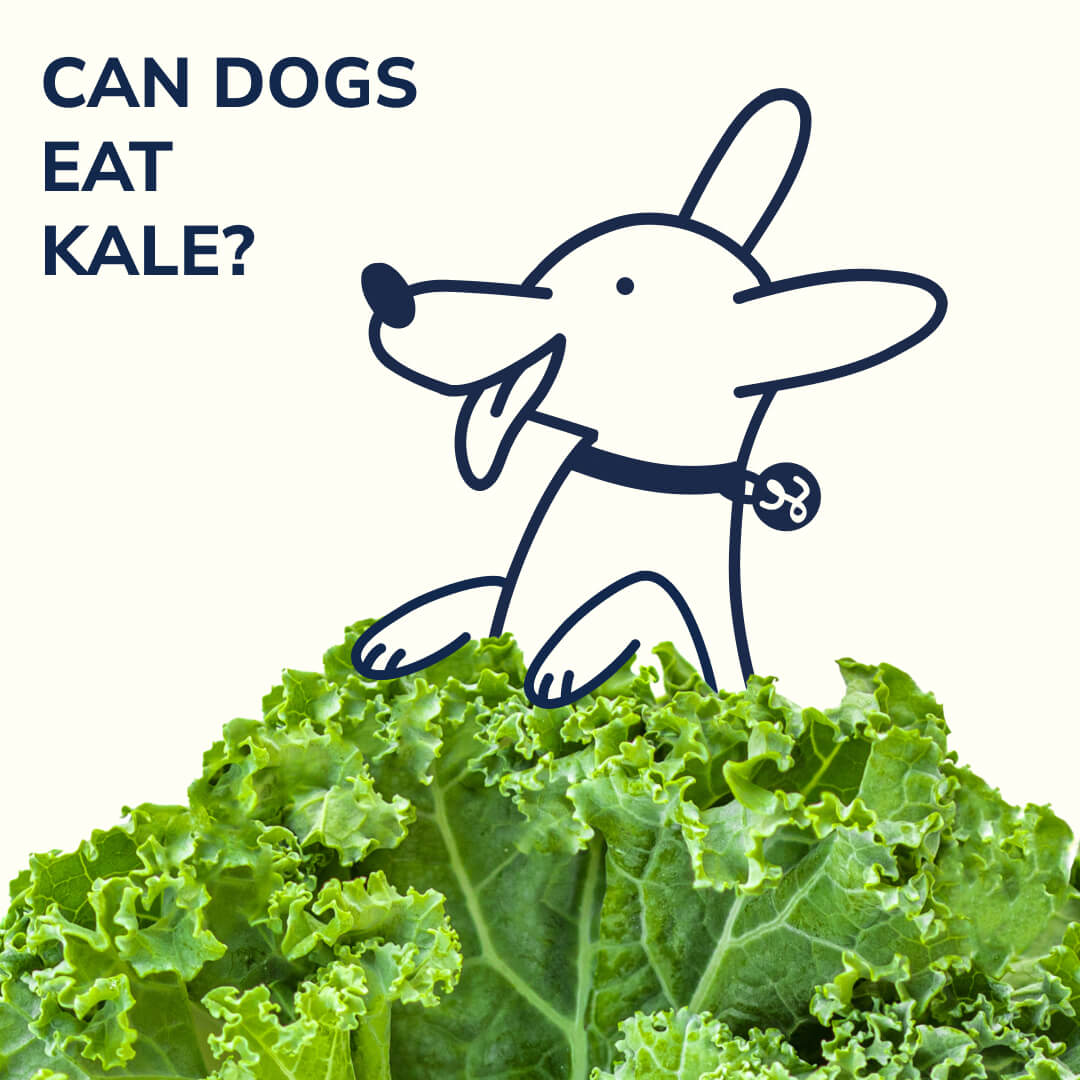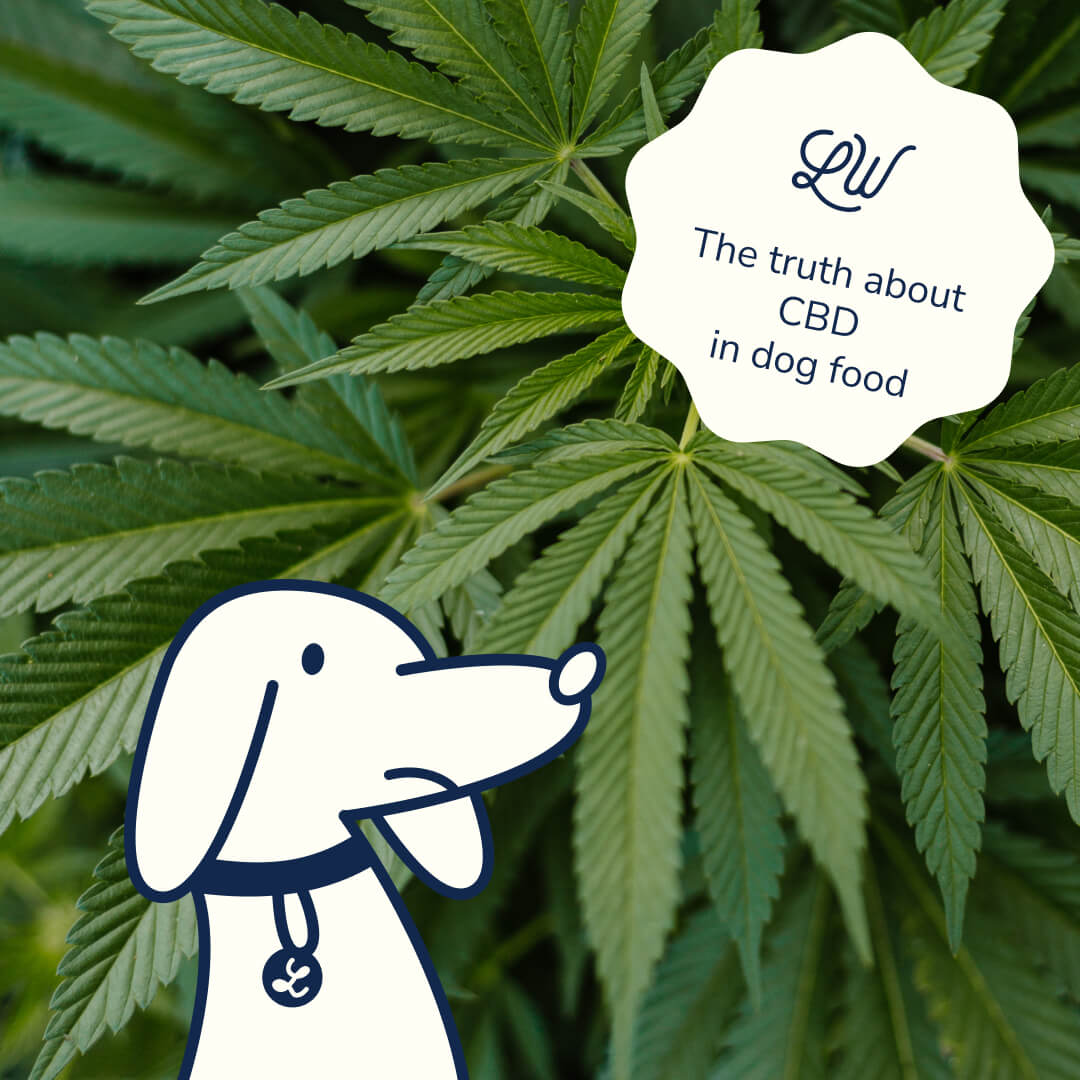In recent years, kale has soared in popularity as a nutrient-packed superfood for humans. Its vibrant green leaves and robust flavor have made it a staple in salads, smoothies, and various culinary creations. But as pet owners, it's natural to wonder: Can my dog eat kale as well? In this article, we'll explore the world of kale, from its global presence to its nutritional perks for dogs, and provide tips on how to safely incorporate it into your furry friend's diet.
Kale: A Vegetable Powerhouse
A member of the Brassica oleracea species, kale is a leafy green vegetable. With its curly or flat leaves and deep green hue, kale offers a distinctive flavor and texture that many people find appealing.
In recent decades, kale has experienced a renaissance in Western cuisines, becoming a celebrated ingredient in health-conscious recipes and earning the title of a "superfood" due to its exceptional nutritional profile. It's rich in vitamins A, C, and K, as well as minerals like calcium, potassium, and iron. Additionally, kale contains antioxidants and phytonutrients, making it a powerhouse of health benefits for humans.
Nutritional Benefits of Kale for Dogs
Now, it’s time to address the burning question: Can my dog eat kale? and does it offer any nutritional benefits for our furry companions? The answer is yes, dogs can eat kale in moderation, and it can be a valuable addition to their diet.
Kale boasts several nutrients that can support your dog's health:
- Vitamins: Kale is a rich source of vitamins A, C, and K, which are essential for maintaining healthy eyesight and immune function.
- Minerals: Calcium, potassium, and iron found in kale contribute to bone health, muscle function, and oxygen transport in canine bodies.
- Antioxidants: The presence of antioxidants in kale can help neutralize free radicals and reduce oxidative stress, potentially lowering the risk of chronic diseases in dogs.
However, it's crucial to feed kale to your dog in moderation, as excessive consumption may lead to digestive upset due to its high fiber content. Additionally, some dogs may have difficulty digesting raw kale, so it's advisable to steam or cook it before serving.
When asking yourself, can my dog eat kale? Remember: Moderation is key.
Understanding Potential Risks of Kale for Dogs: Calcium Oxalate
While kale offers numerous health benefits for dogs, it's essential to be aware of potential risks associated with its consumption, particularly concerning calcium oxalate content. Similar to spinach and other leafy greens, kale contains calcium oxalate, a naturally occurring compound that can bind with calcium and form crystals.
In humans, excessive consumption of foods high in oxalates can contribute to the development of kidney stones or urinary tract issues. Similarly, in dogs, a diet rich in calcium oxalate-containing foods like kale may pose risks, especially for those prone to urinary issues or with a history of kidney problems.
For most dogs, consuming small amounts of kale occasionally is unlikely to cause harm. However, for dogs predisposed to urinary tract issues or those with a history of kidney problems, it's advisable to exercise caution and consult with a veterinarian before introducing kale into their diet.
Preparing Kale for Dogs: Tips and Guidelines
When incorporating kale into your dog's diet, follow these tips to ensure their safety and enjoyment:
- Wash Thoroughly: Rinse kale leaves under cold water to remove any dirt or pesticides before preparing them for your dog.
- Remove Stems: Trim off the tough stems and ribs of kale leaves, as they can be difficult for dogs to chew and digest.
- Steam or Cook: To make kale more digestible for dogs, lightly steam or cook it until tender.
- Avoid adding seasoning or spices, as they may upset your dog's stomach.
- Serve in Moderation: Offer kale to your dog as an occasional treat or addition to their regular meals, rather than a primary food source. Too much kale can lead to gastrointestinal issues like gas or diarrhea.
- Monitor for Allergies: Introduce kale gradually into your dog's diet and observe for any signs of allergies or adverse reactions, such as itching, vomiting, or diarrhea. If any symptoms occur, discontinue feeding kale and consult your veterinarian.
In conclusion, can my dog eat kale? Kale can be a nutritious and flavorful addition to your dog's diet when served in moderation and prepared properly. With its abundance of vitamins, minerals, and antioxidants, kale offers several health benefits for dogs, supporting their overall well-being.
By following the guidelines outlined in this article, you can safely introduce kale to your dog and provide him or her with a tasty and wholesome treat. You can even add a splash of organic extra virgin olive oil or pair it with other superfoods such as quinoa or pumpkin for that extra health boost! So go ahead, share a leaf or two of kale with your furry friend, and watch them enjoy the nutritional goodness it has to offer.




